Metal fatigue in the fan blades may have been behind the engine failure of a Boeing jet in Denver at the weekend, the US National Transportation Safety Board has said.
The Pratt & Whitney engine caught fire shortly after take off on a United Airlines Boeing 777-200, during a flight from Denver to Honolulu, with 231 passengers and 10 crew onboard. Pilots issued a mayday call and returned to Denver.
The next day, dozens of 777 planes were grounded after Boeing said those with Pratt & Whitney PW4000 engines should not be used until full inspections could be carried out.
The chair of the National Transportation Safety Board (NTSB), Robert Sumwalt, said on Monday a preliminary assessment suggested the damage was consistent with metal fatigue and that the blade would be examined on Tuesday at a Pratt & Whitney laboratory under the supervision of NTSB investigators.
UK bans some Boeing 777s from airspace after engine fire over Denver
Read more
Sumwalt said it was not clear whether Saturday’s failure of the PW4000 engine was consistent with another engine failure on another Hawaii-bound United flight in February 2018 that was attributed to a fatigue fracture in a fan blade.
“What is important that we really truly understand the facts, circumstances and conditions around this particular event before we can compare it to any other event,” Sumwalt said.
In another incident on the same engine type on a Japan Airlines 777 in December 2020, Japan’s Transport Safety Board reported it found two damaged fan blades, one with a metal fatigue crack.
The Federal Aviation Administration (FAA) planned to issue an emergency airworthiness directive soon that will require stepped-up inspections of the fan blades for fatigue.
After the February 2018 United engine failure was attributed to fan-blade fatigue, the FAA ordered inspections every 6,500 cycles.
Sumwalt said the United incident was not considered an uncontained engine failure because the containment ring contained the parts as they were flying out. There was minor damage to the aircraft body but no structural damage, he said.
The NTSB will look into why the engine cowling separated from the plane and also why there was a fire despite indications fuel to the engine had been turned off, Sumwalt added.









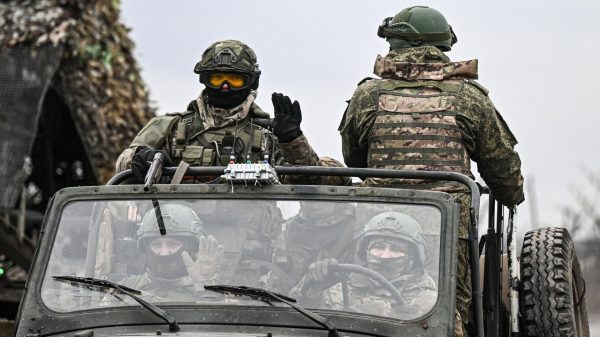
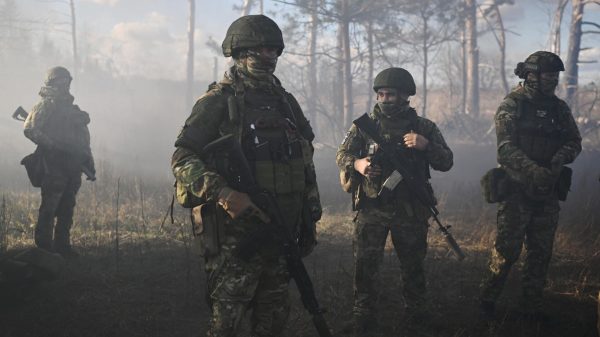









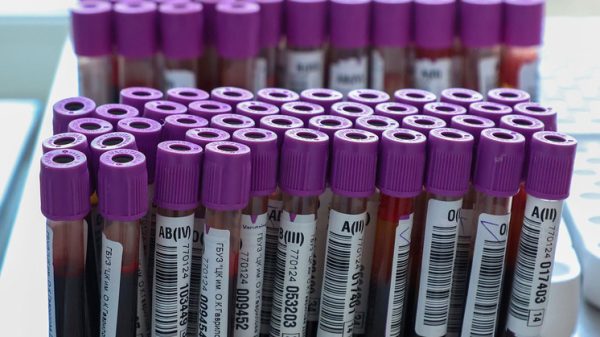











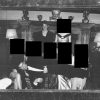


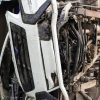


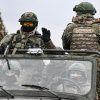
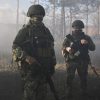















Свежие комментарии